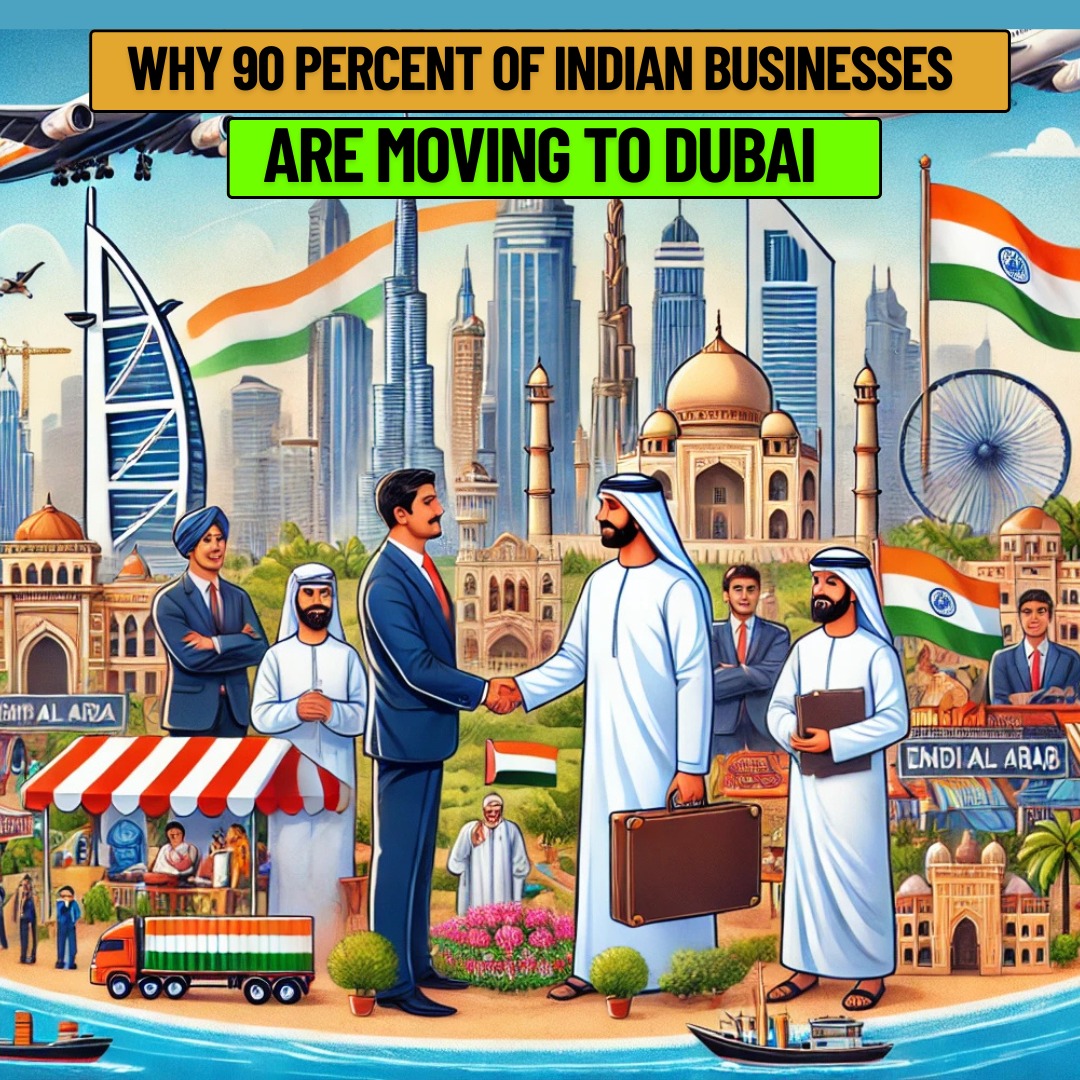Dubai is a city of ambition, a place where innovation meets tradition, and where businesses flourish. For those interested in textiles, it presents an unparalleled opportunity. From the gleaming malls that house luxury brands to the bustling souks filled with intricate fabrics, Dubai is a vibrant center of global fashion and trade. But how do you carve your own niche in this dynamic market? Let’s explore the journey of starting a textile business in Dubai. Why Dubai is the Ideal Place for a Textile Business Dubai’s textile industry is not just another market—it’s a gateway to international trade. Entrepreneurs from…
-
-
Dubai has transformed into a global industrial hub, attracting investors and entrepreneurs from all over the world. With a booming economy, government incentives, and a strategic location at the crossroads of Asia, Europe, and Africa, it’s no wonder manufacturing businesses are thriving here.For those who dream of building something tangible—a factory humming with activity, producing goods that reach markets across the world—Dubai offers an unmatched opportunity. Imagine walking through your own production facility, watching raw materials transform into finished products, and knowing that your business is a vital part of the UAE’s industrial revolution. It’s an exciting time to be…
-
Thailand is a land of opportunity, where a rich cultural heritage meets a thriving economy. Entrepreneurs from around the world are drawn to its strategic location, expanding markets, and welcoming business environment. Whether you dream of opening a café in Bangkok or launching a tech startup in Chiang Mai, setting up a Thai Limited Company is the most practical and legally recognized way to establish your business. While the process involves legal formalities, financial commitments, and adherence to regulations, the journey can be smooth and rewarding with the right approach. Why Choose a Thai Limited Company? Imagine having a business…
-
How to Start a Software Company in Dubai: A Comprehensive GuideImagine standing at the heart of a city where ambition meets innovation, where technology is not just an industry but a way of life. Dubai has transformed itself into a global tech powerhouse, drawing in startups and industry giants alike, all eager to tap into its boundless opportunities. If you’ve ever dreamed of launching a software company in a place that fosters growth, rewards bold ideas, and simplifies the path to success, then Dubai might just be your perfect destination. In this guide, we’ll walk you through everything you need…
-
The UAE has become one of the world’s most attractive destinations for business and investment. Its Free Zones offer 100% foreign ownership, tax exemptions, and streamlined business setup processes. As of 2025, there are over 67 Free Zones in the UAE, each catering to industries such as technology, finance, e-commerce, and manufacturing. Key Benefits of Free Zone Company Setup: • 100% foreign ownership with no local sponsor required.• Zero personal income tax and potential corporate tax exemptions.• Full repatriation of profits and capital.• No import/export duties within the Free Zone.• Strategic locations near global trade hubs.• Fast business registration and…
-
Dubai has transformed from a small desert trading port into one of the world’s leading financial hubs. With its strategic location, business-friendly policies, and cutting-edge infrastructure, the city has positioned itself as a key player in global finance. Today, it competes with traditional financial powerhouses like New York, London, and Singapore. But how did Dubai achieve this remarkable growth? This article explores the key factors that have propelled Dubai into a global financial centre. 1. Strategic Location & Business-Friendly Policies One of Dubai’s biggest advantages is its strategic location at the crossroads of Europe, Asia, and Africa. This positioning makes…
-
How to Get a Dubai Trade License: Process & Costs Setting up a business in the United Arab Emirates (UAE) is an attractive opportunity for entrepreneurs due to its strategic location, business-friendly policies, and tax advantages. One of the most crucial steps in this process is obtaining a trade license, which grants legal permission to conduct business within the UAE. This comprehensive guide covers everything you need to know about trade licenses in the UAE, including types, requirements, the application process, and the costs involved.What is a Trade License in the UAE?A trade license in the UAE is an official…
-
Introduction Dubai has established itself as one of the world’s leading business hubs, offering entrepreneurs and investors a strategic location, tax benefits, and world-class infrastructure. However, before setting up a business in Dubai, one of the most crucial decisions is choosing between a Mainland company and a Free Zone company.Both options have distinct advantages, costs, and limitations, making it essential to select the right structure based on business goals, industry, and target market. In this guide, we’ll provide a comprehensive comparison of Dubai Mainland vs. Free Zone businesses, helping you determine which setup suits you best. Understanding Dubai Mainland and…
-
Introduction: The Great Business Migration – Why Indian Entrepreneurs Are Eyeing Dubai Amit Malhotra had spent over a decade building his successful textile business in Mumbai. Yet, despite his hard work, he constantly found himself battling high taxes, strict regulations, and unpredictable market conditions. Every year, a significant portion of his profits went into compliance costs, GST filings, and various bureaucratic hurdles. One evening, after yet another frustrating meeting with auditors, he came across a story of Indian entrepreneurs moving their businesses to Dubai. A tax-free environment, 100% business ownership, and access to a global market? It almost sounded too…
-
Introduction: Starting a real estate business in Thailand can be a rewarding venture due to the country’s growing property market and its appeal to both local and foreign investors. However, navigating the legal and regulatory landscape is essential for success. This guide will walk you through the key steps, from understanding the market and choosing the right business structure to registering your business, hiring the right team, and marketing your properties. With careful planning and local expertise, you can establish a successful real estate business in Thailand.Why Thailand is an Attractive Destination for Setting Up a Real Estate Business:Starting a…










